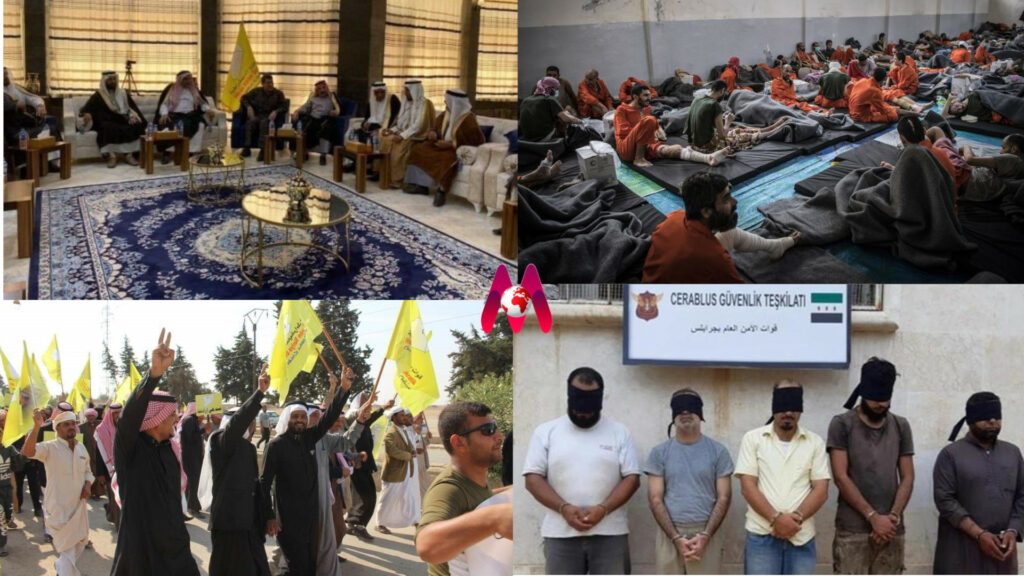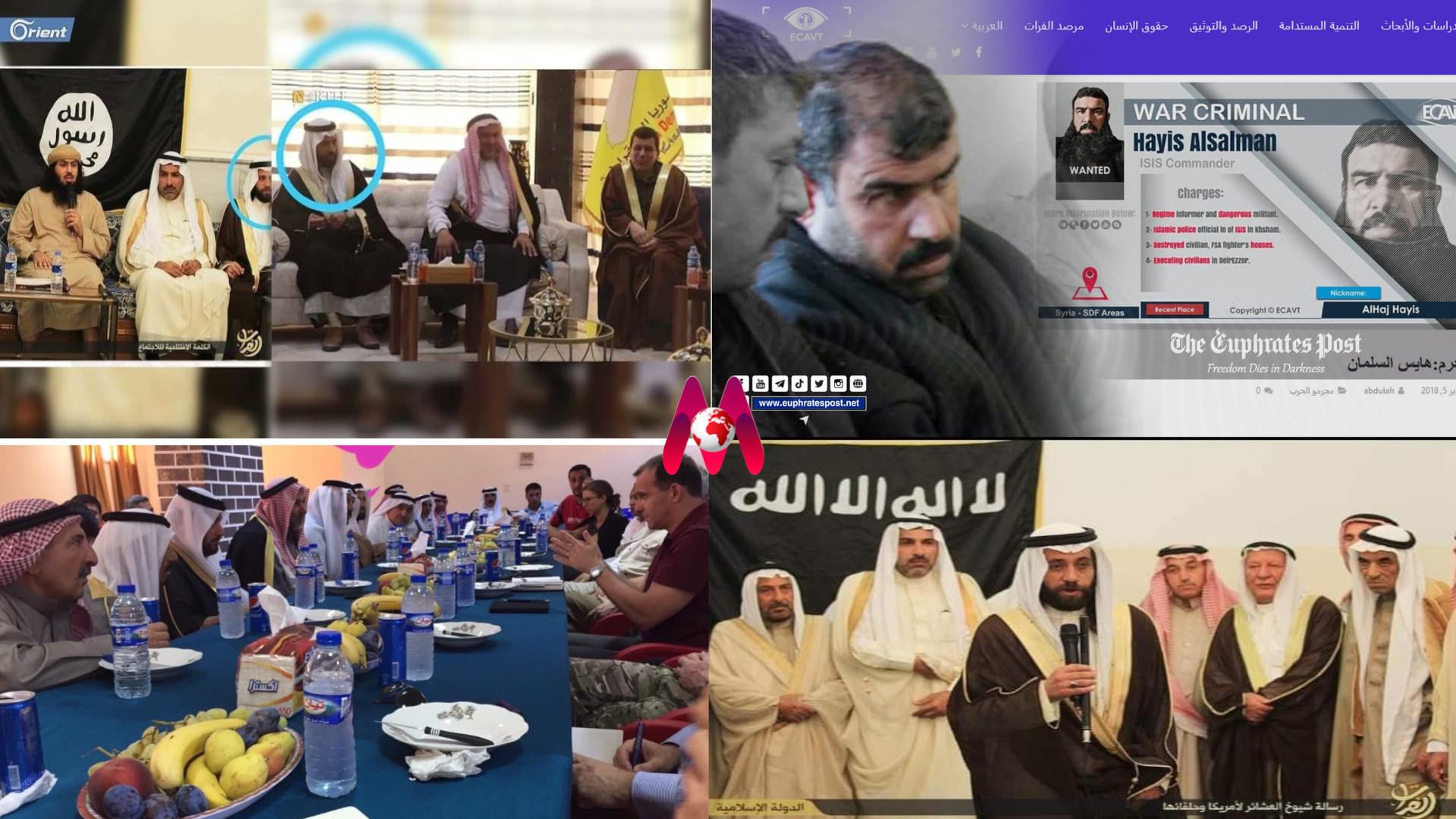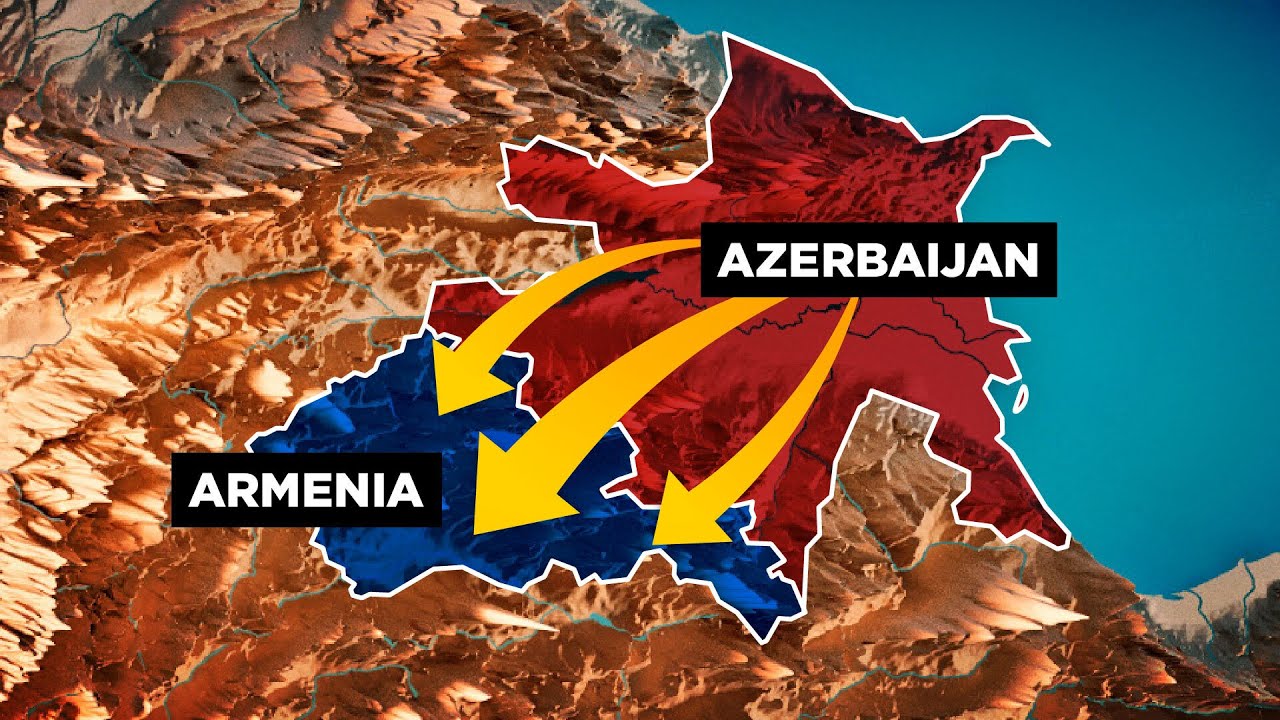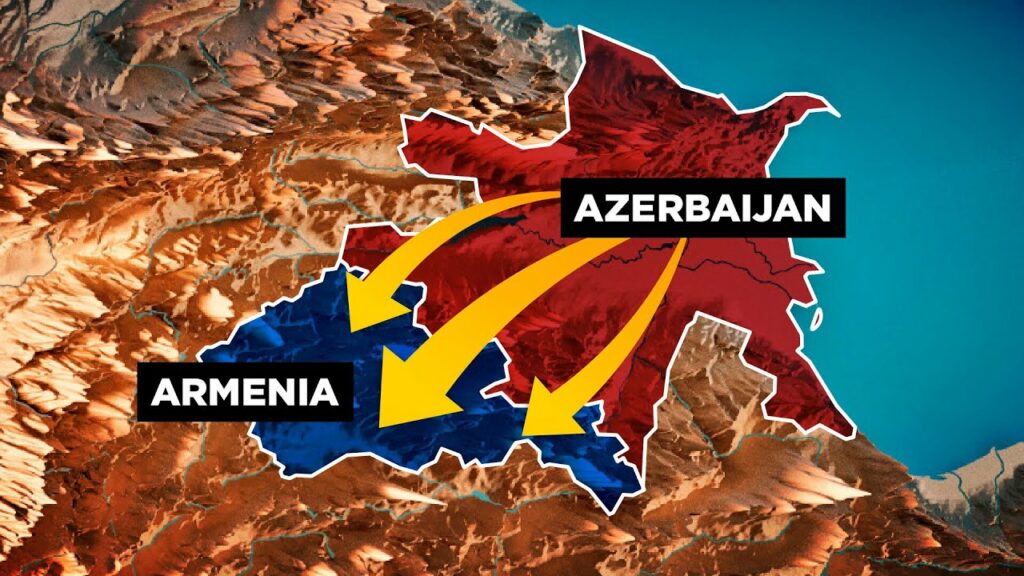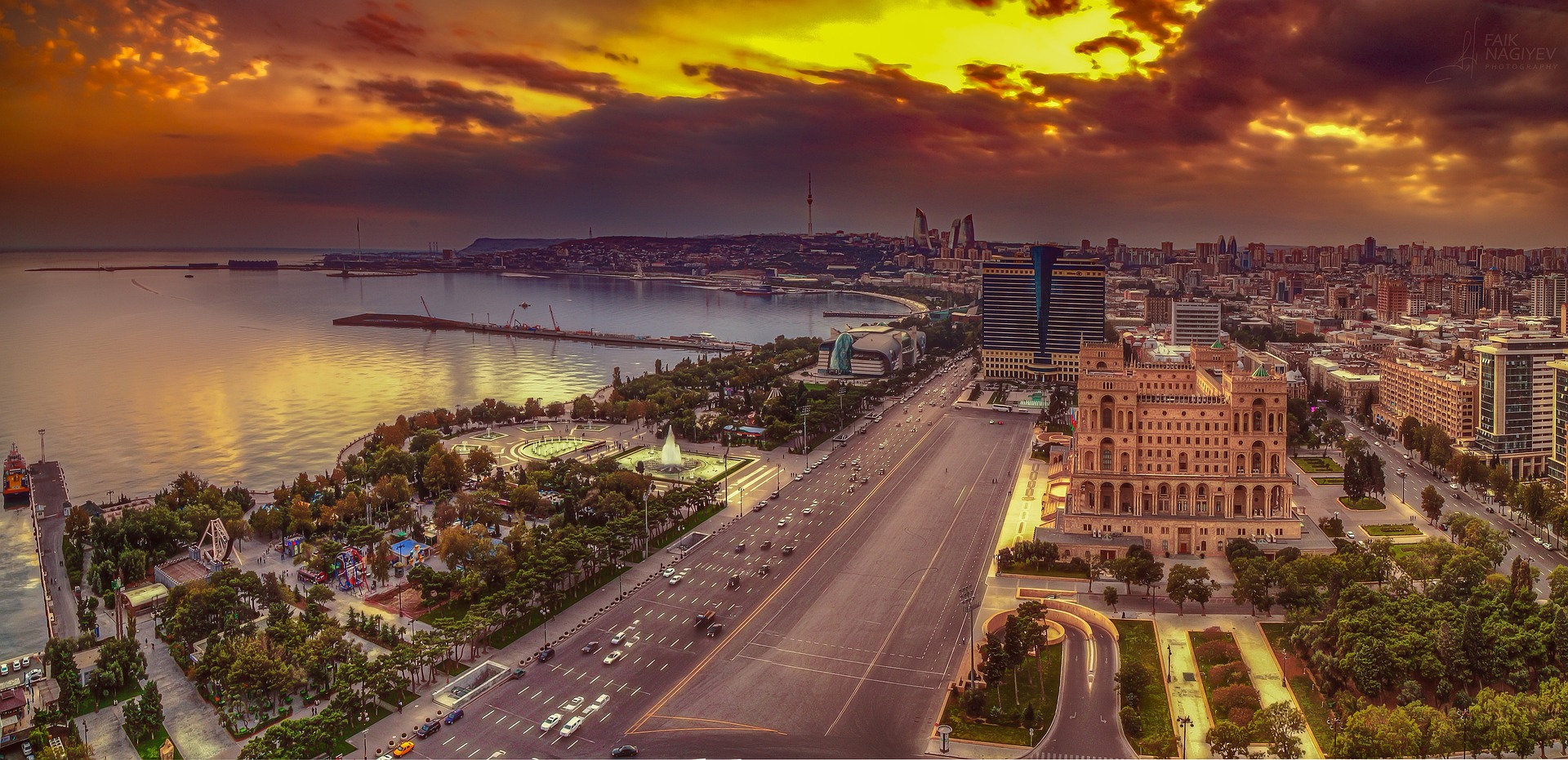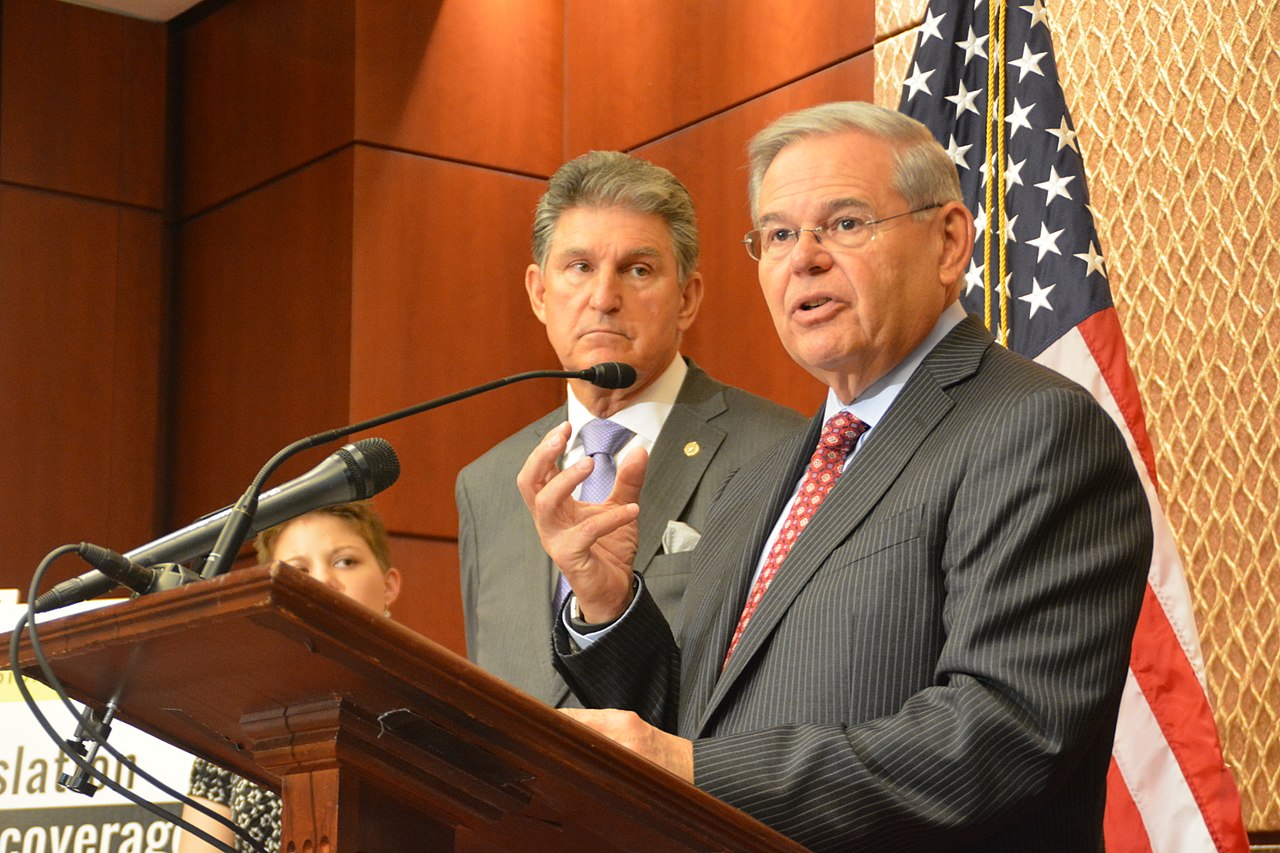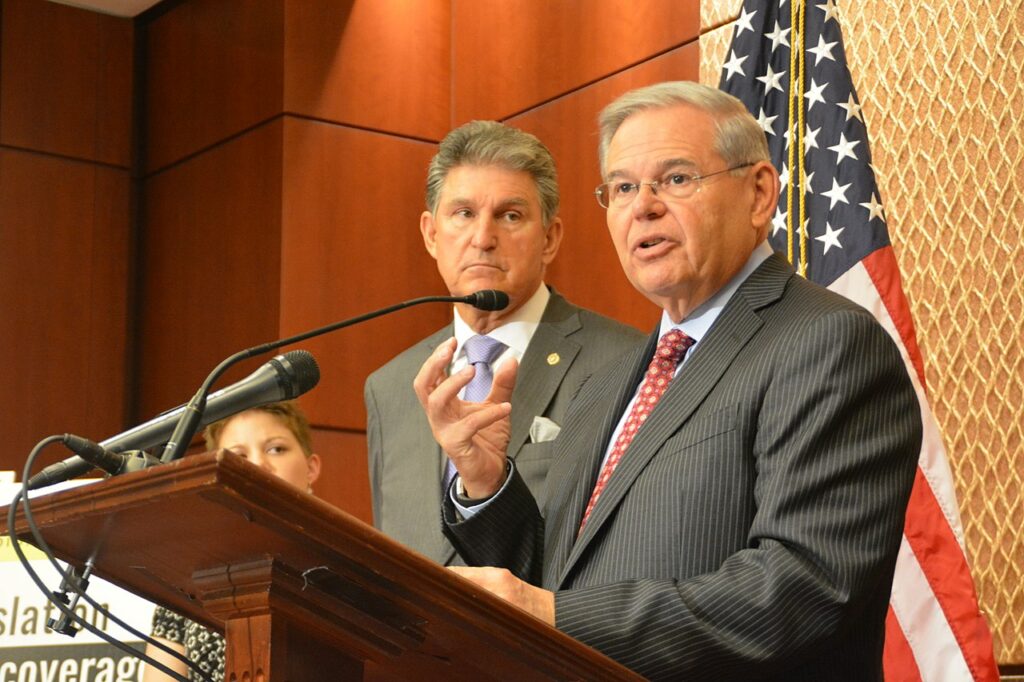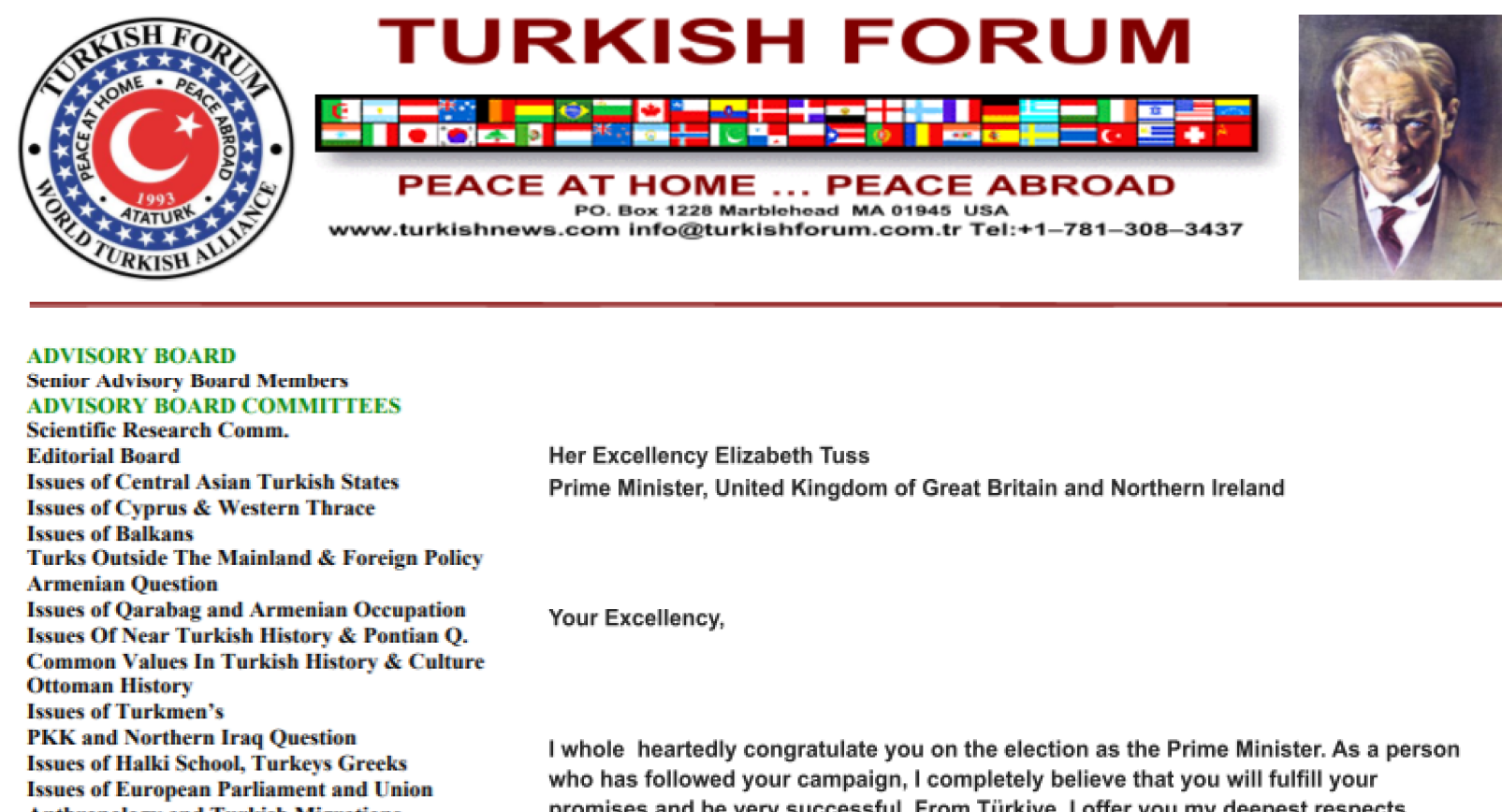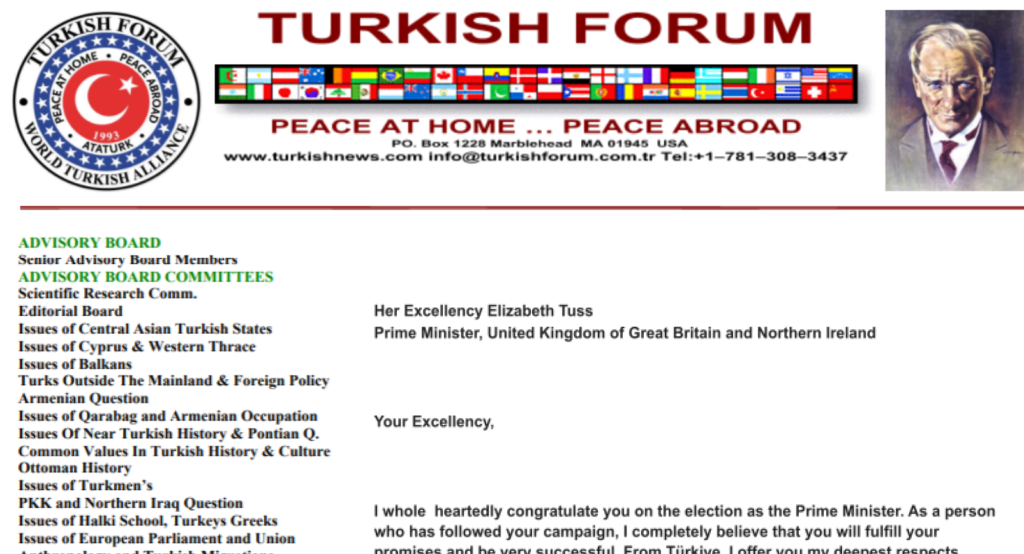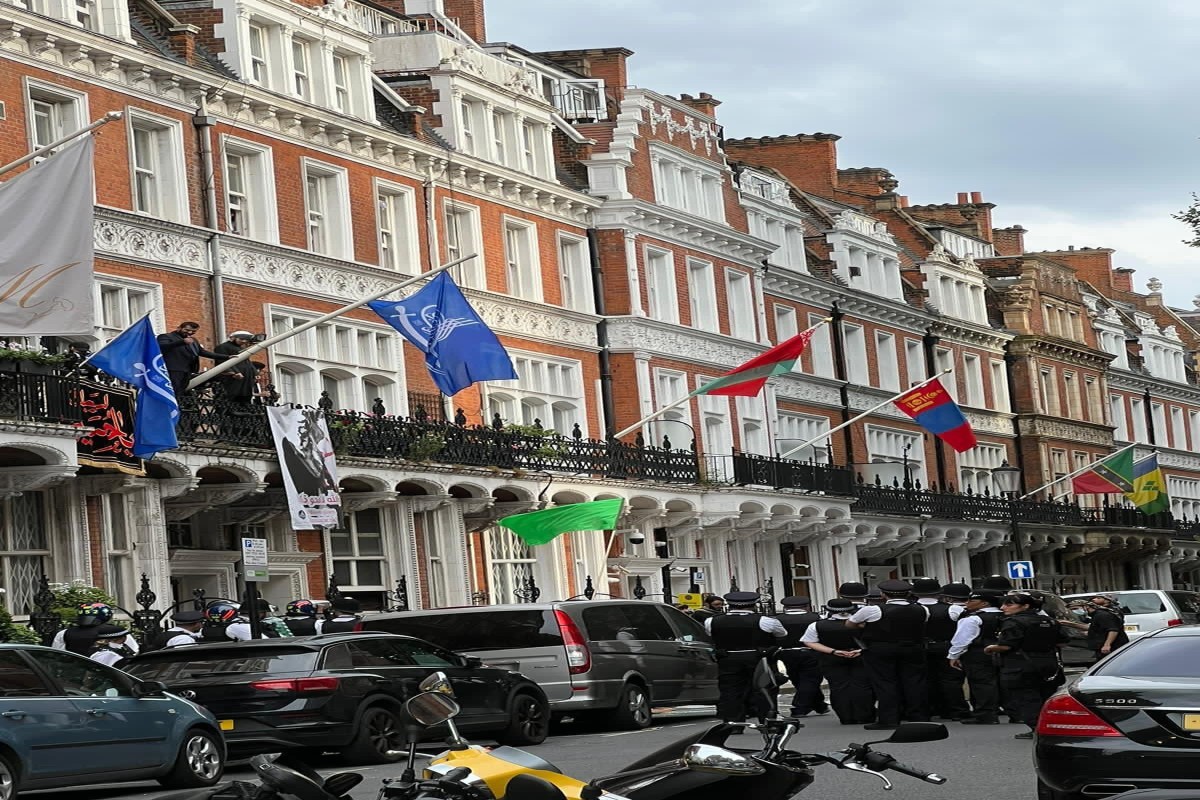Dr. Abdullah Manaz : The Middle East Expert
The US Administration announced that the last Daesh leader, Hassan al-Qurashi, was killed. Then Daesh made a statement and announced that Hussein al-Qurashi had taken his place.
As an expert on Islamic Organizations around the world, I laugh in pain. To date, there is not a single photograph and credible document regarding the deaths of Daesh leaders who have been announced to have been killed. For example, no credible document was presented regarding the killing of previous leaders Ibrahim al-Qurayshi and Abu Bakr al-Baghdadi. All 3 leaders blew themselves up when they were surrounded. We saw the same scenario for al-Qaeda leaders. It was stated that Osama bin Laden was killed inside the Pakistan Military Intelligence city. It was announced that Ayman al-Zawahiri was killed in the home of a Taliban leader in Kabul.
The most interesting points are:
• The death announcement of Ibrahim al-Qurayshi was after Turkey’s Operation Al-Bab. The Turkish Armed Forces dealt the biggest blow against the Daesh Terrorist Organization. In fact, during this Operation, the USA did not prevent Daesh militants in the east of the Euphrates from attacking the Turkish Army and did not help Turkey.
• The death announcement of Abu Bakr al-Baghdadi was after Turkey’s Afrin Operation. When Turkey captured many Daesh leaders and published their photos during this period, the United States announced that it was conducting an operation against Abu Bakr al-Baghdadi. Baghdadi had blown himself up and again there was no body and no photograph.
• Osama bin Laden’s death announcement was made at a time when al-Qaeda was longer collapsing and could not recruit militants. Laden, who lives in the middle of Pakistan Military Intelligence buildings, was told that an operation was carried out and his body was thrown into the sea. There were no bodies, no photographs.
• The death announcement of Ayman al-Zawahiri was made at a time when the USA made an agreement with the Taliban and left Afghanistan. One night, the USA suddenly fled the country, leaving all its modern weapons to the Taliban. Not a single convincing photograph or document has been published regarding the operation to Zawahiri’s home and his death.
In the examples above, there may be those who think that posting death photos is unethical. Such a justification by the USA and the Pentagon is also baseless. Photographs of some leaders who were killed before and whose countries were dragged into civil war took place in the press all over the world.

We know that Osama bin Laden was working for the Saudis and the CIA as the logistics officer of the Afghan resistance. When the Afghan Mujahideen (Hizbi Islami and Community Islami) were successful against the Russians, they began to oppose the United States. This time, the Pentagon, in partnership with Pakistan, organized the Taliban and sent them to Afghanistan. These are historical facts that everyone knows now.
As for the Daesh Terrorist Organization. As an Expert who has spent his life researching on Islamic Organizations, I can say that; Daesh Philosophy was like a studio setup. In history and today, there has never been an Islamist organization that is not hostile to Israel and the United States. An Islamist Organization that considers all other Islamist Organizations and states as enemies has not been heard of until today. The founding leader of the Daesh Terrorist Organization gave religious speeches comfortably in the Iraqi prisons of the USA. Daesh gradually handed over all the lands it seized in Iraq and Syria to the PKK & YPG Terrorist Organizations. The clashes between Daesh and the PKK were purely for show. Daesh had captured the Suweida region in southwestern Syria. Daesh did not fire a single bullet at neighboring Israel, and the Israeli Army did not carry out any operation against Daesh. Many of the Daesh militants were moved to Afghanistan by the US. But Daesh could not strengthen against the Taliban.
I do not want to multiply these examples and prolong the subject. Experts know the details of the subjects well. I have published two books in Turkish and English on the subject of Daesh Terrorist Organization. Again, I wrote two scientific articles on Daesh in Turkish and English. Those who are interested can take a look at them.
I am attaching some new documents and photographs in addition to the scientific research I have given below. These contradict what the US Administration and Pentagon have said.
It is a big mistake for the US administration to leave its ally Turkey alone in the fight against terrorism and to work with terrorist organizations. The US public should see these facts well and investigate the issue well.
Manaz, A. (2020). Daesh Project: Daesh / Deash / ISIS / ISIL Project. Google Books: https://play.google.com/store/books/details?id=fMLgDwAAQBAJ
MANAZ, A . (2020). Daesh Terrorist Organization. ASSAM Uluslararası Hakemli Dergi , 7 (16) , 57-78 . Retrieved from
Manaz, Abdullah (2019). Daiş (Deaş/Daeş/Işid) Projesi. Google Kitaplar: https://play.google.com/store/books/details/Dr_Abdullah_MANAZ_Daiş_Deaş_Daeş_Işid_Projesi?id=BcyVDwAAQBAJ
Manaz, A. (2019). Sünni Muhalefeti Tasfiye Projesi Olarak Daiş Terör Örgütü. 13. Uluslararası Kamu Yönetimi Sempozyumu, GaziAntep Üniversitesi.
Manaz, A. (2015). The Terrorism in Turkey. Google Books: https://play.google.com/store/books/details/Dr_Abdullah_Manaz_Terrorism_in_Turkey?id=dVisCAAAQBAJ
Daesh & PKK & YPG Cooperation in Northern Syria

